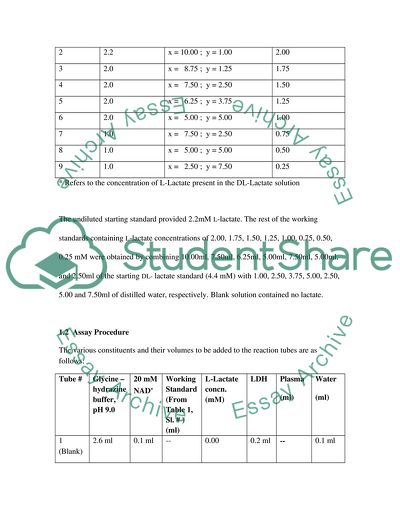Cite this document
(An Experimental Determination of L-Lactate Concentration in Plasma Lab Report, n.d.)
An Experimental Determination of L-Lactate Concentration in Plasma Lab Report. Retrieved from https://studentshare.org/health-sciences-medicine/1740095-lab-report-the-importance-of-enzymes-in-medicine
An Experimental Determination of L-Lactate Concentration in Plasma Lab Report. Retrieved from https://studentshare.org/health-sciences-medicine/1740095-lab-report-the-importance-of-enzymes-in-medicine
(An Experimental Determination of L-Lactate Concentration in Plasma Lab Report)
An Experimental Determination of L-Lactate Concentration in Plasma Lab Report. https://studentshare.org/health-sciences-medicine/1740095-lab-report-the-importance-of-enzymes-in-medicine.
An Experimental Determination of L-Lactate Concentration in Plasma Lab Report. https://studentshare.org/health-sciences-medicine/1740095-lab-report-the-importance-of-enzymes-in-medicine.
“An Experimental Determination of L-Lactate Concentration in Plasma Lab Report”, n.d. https://studentshare.org/health-sciences-medicine/1740095-lab-report-the-importance-of-enzymes-in-medicine.


